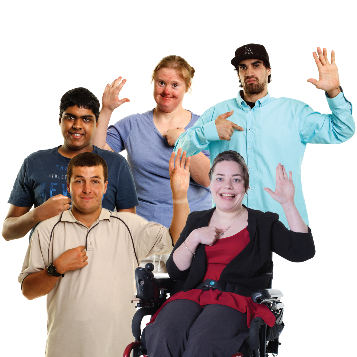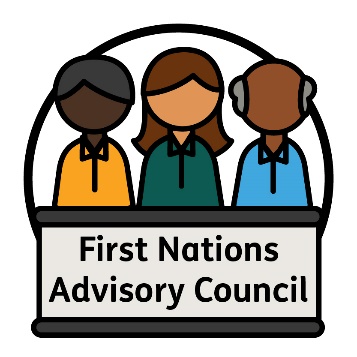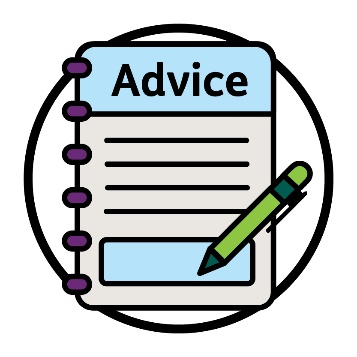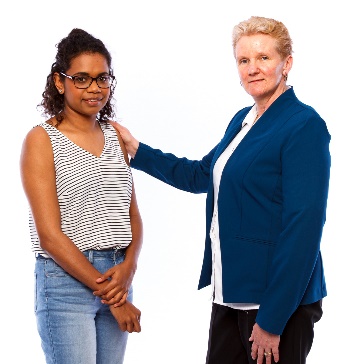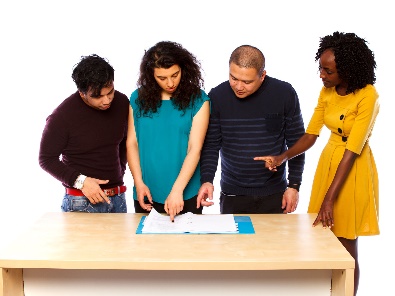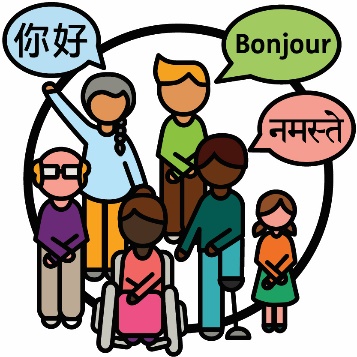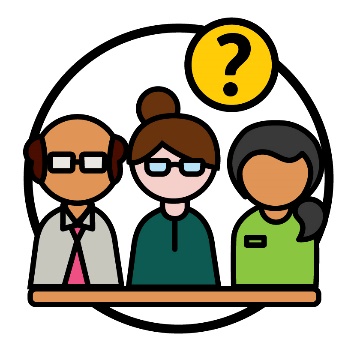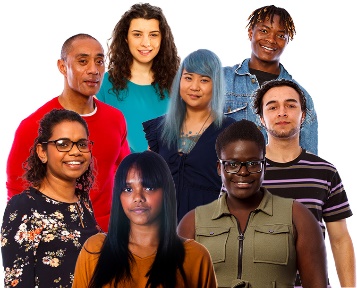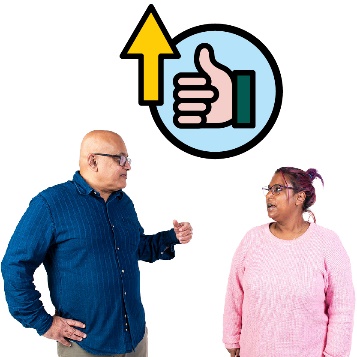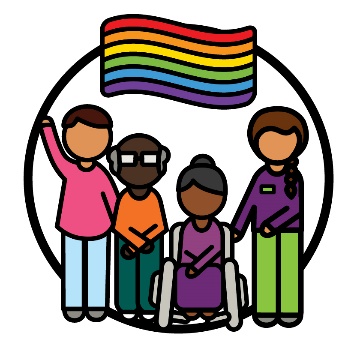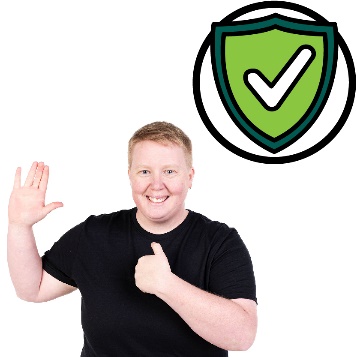NDIA strategies to be more inclusive
| The NDIA updated the Reference Group about its strategies on being more inclusive. A strategy is a plan about how to do things in the future. |
| Members shared what they think about each of these strategies. |
First Nations strategy
| Reference Group members told us they think it’s important that people with lived experience of disability help make this strategy. |
| If you have lived experience of disability, you:
know what life can be like for people with disability. |
| Members shared that people want to know who is part of the First Nations Advisory Council. |
| An advisory council is a group of people who give advice to the NDIA about how to make things better. |
They also shared that there needs to be more support for: | |
| First Nations Advisory Council members |
|
|
| This includes supporting any people with intellectual disability. For example, sharing information that’s easy to understand. |
Cultural and Linguistic Diversity (CALD) strategy
| Culturally and linguistically diverse (CALD) people:
|
| People want to know who is working for the CALD strategy’s expert advisory group. |
| They want to know if the advisory group includes people with different:
|
LGBTIQA+ strategy
| Reference Group members talked about the work the NDIA has done to improve the LGBTIQA+ strategy. |
| They think the NDIA can lead by example when they support the LGBTIQA+ community. |
| This includes finding new ways to keep people safe. |
| They should train NDIA staff to support LGBTIQA+ people. |
| They should also train NDIA staff about the rights of LGBTIQA+ people. Rights are rules about how other people must treat you. |
| And they should train NDIA staff about how different experiences can affect people with disability. |
| Reference Group members also think providers should do this training. |
NDIA strategies to be more inclusive
| The NDIA updated the Reference Group about its strategies on being more inclusive. A strategy is a plan about how to do things in the future. |
| Members shared what they think about each of these strategies. |
First Nations strategy
| Reference Group members told us they think it’s important that people with lived experience of disability help make this strategy. |
| If you have lived experience of disability, you:
know what life can be like for people with disability. |
| Members shared that people want to know who is part of the First Nations Advisory Council. |
| An advisory council is a group of people who give advice to the NDIA about how to make things better. |
They also shared that there needs to be more support for: | |
| First Nations Advisory Council members |
|
|
| This includes supporting any people with intellectual disability. For example, sharing information that’s easy to understand. |
Cultural and Linguistic Diversity (CALD) strategy
| Culturally and linguistically diverse (CALD) people:
|
| People want to know who is working for the CALD strategy’s expert advisory group. |
| They want to know if the advisory group includes people with different:
|
LGBTIQA+ strategy
| Reference Group members talked about the work the NDIA has done to improve the LGBTIQA+ strategy. |
| They think the NDIA can lead by example when they support the LGBTIQA+ community. |
| This includes finding new ways to keep people safe. |
| They should train NDIA staff to support LGBTIQA+ people. |
| They should also train NDIA staff about the rights of LGBTIQA+ people. Rights are rules about how other people must treat you. |
| And they should train NDIA staff about how different experiences can affect people with disability. |
| Reference Group members also think providers should do this training. |


